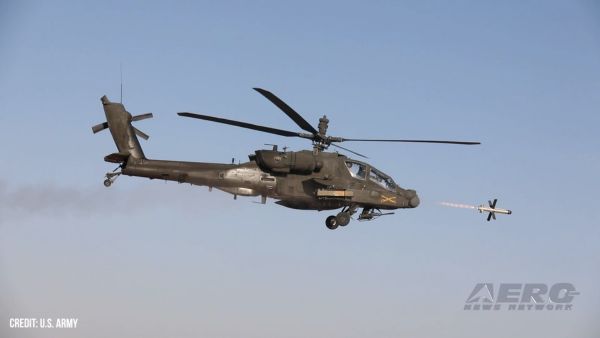Pilot... Attempted To Enter The Right Side Of The Aircraft And Inadvertently Sat On The Throttle Control
Location: Erie, Colorado Incident Number: CEN23LA413
Date & Time: September 20, 2023, 09:10 Local Registration: N820PP
Aircraft: Powrachute LLC Airwolf Aircraft Damage: Substantial
Defining Event: Loss of control on ground Injuries: 1 Fatal
Flight Conducted Under: Part 91: General aviation - Personal

Analysis: Security camera video footage showed the pilot fuel the powered parachute and then start the engine. The pilot then attempted to enter the right side of the aircraft and inadvertently sat on the throttle control, bending it into the “full throttle” position. The pilot was never strapped into the seat with the four-point restraint system and the aircraft departed across the airport. The aircraft entered a grass field, impacted terrain, cartwheeled, and the pilot was ejected. The aircraft came to rest upright, with a nose-high attitude, in the grass field. The aircraft sustained substantial damage to the fuselage, with substantial damage to the airframe tubing.
Postaccident examination confirmed flight and engine control continuity. The bent throttle control was found in the “full throttle” position, intact and connected to the airframe. The two four-point restraint systems for the aircraft were found in a stowed and secured (latched closed) position. The ignition key was found inserted, and it was found at the “on” position.
The wing was found folded up and not in a deployed configuration. There were no mechanical issues noted with the airframe or the engine during the onsite examination. Tramadol, a prescription opioid pain medication and a federal Schedule IV-controlled substance, is available in the United States only as a medication taken by mouth. It is unlikely that the pilot received tramadol as part of his postincident care as he was intubated and not able to swallow. The effects of tramadol and potential impairment for the pilot could not be determined based on the medical information available.
It is likely that etomidate and fentanyl was given as part of the pilot’s postincident medical care and did not affect his performance at the time of the incident. The autopsy’s description of a small white metal medical device located in the pilot’s ventricle on autopsy is consistent with a leadless pacemaker. The pilot had a cardiac condition that may have increased his risk for an adverse cardiac event such as an arrhythmia. There is no autopsy evidence that such an event occurred. However, such an event does not leave reliable autopsy evidence if it occurs immediately before death. Having a pacemaker would have mitigated the risk to some degree.
The pilot inadvertently sat on the throttle control inadvertently while the engine was operating. The throttle was moved to the “full throttle” position by the pilot’s body and the aircraft traveled across the airport on the ground. The pilot was likely warming up the engine; however, he was likely not intending to fly based upon the available evidence.
Probable Cause and Findings: The National Transportation Safety Board determines the probable cause(s) of this incident to be -- The pilot’s inadvertent manipulation of the throttle, which resulted in the aircraft traveling on the ground and the unsecured pilot being ejected from the aircraft and sustaining fatal injuries.
 Ticket Sales NOW OPEN for 2025 Affordable Flying Expo!
Ticket Sales NOW OPEN for 2025 Affordable Flying Expo! Aero-News: Quote of the Day (09.29.25)
Aero-News: Quote of the Day (09.29.25) ANN's Daily Aero-Linx (09.29.25)
ANN's Daily Aero-Linx (09.29.25) ANN's Daily Aero-Term (09.29.25): Hover Taxi
ANN's Daily Aero-Term (09.29.25): Hover Taxi Airborne 09.26.25: Army Cuts AV-Ranks, 2025 ATC Hiring, AF Next-Gen Fighter
Airborne 09.26.25: Army Cuts AV-Ranks, 2025 ATC Hiring, AF Next-Gen Fighter



